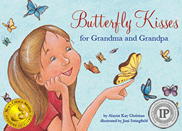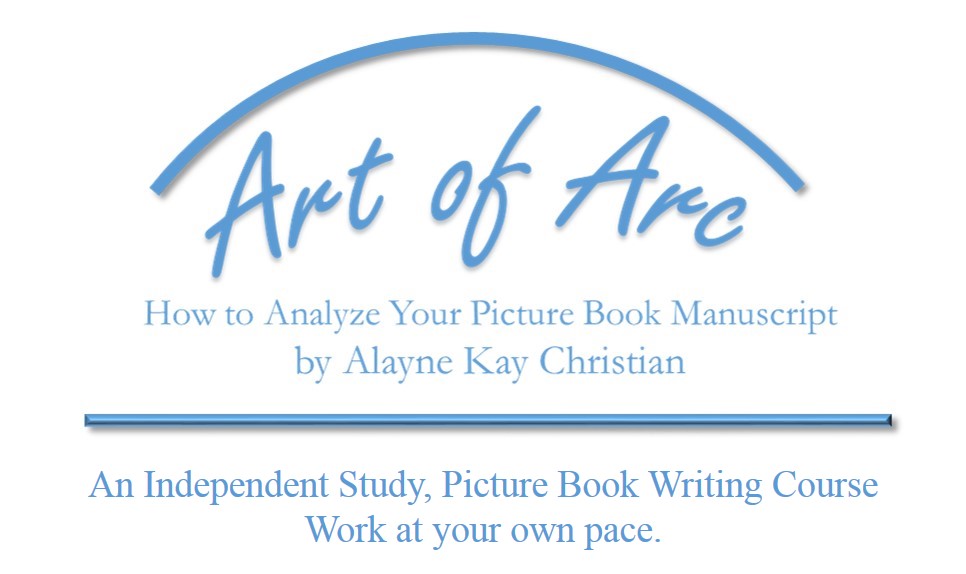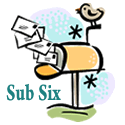Vivian Kirkfield has asked me to participate in her “Goal-Busters” blog series by sharing some of my goals for 2014 along with how I plan to achieve my goals and how I will reward myself. I believe the post will go live on Monday, February 3. In the process of answering her “Goal-Busters” questions, I mentioned SMART goals, and I thought it might be helpful if I explain via my blog what a SMART goal is.
Specific
Measurable
Attainable
Realistic
Timely or Time-based
Specific – Setting a specific goal increases ones chance of achievement. General goals are too broad in scope. There is no clear vision to focus on. Specific goals pinpoint exactly what you are going after. To determine your specific goal answer the following questions:
Who: Will I do this alone or will other people help me achieve my goal?
What: Exactly what do I want to achieve?
Where: Where will I work toward this goal? (home, work, gym, school, library)
When: What time frame will I commit to?
Which: Exactly what is required (skills, money, materials, etc.) to succeed, and what limitations or constraints need to be put in place?
Why: Exactly why do I want to achieve this goal? What is the purpose? What does it mean to me? What are the benefits? What will I gain by achieving this goal?
EXAMPLE: A general goal would be, “I will read more picture books.” A specific goal would be, “I will read 500 picture books and complete 24 mentor text studies in 2014. Every other week, I will borrow and read 21 picture books from the library, and each time, I will use at least one book as a mentor text to improve my pacing skills.
Measurable –Determine how you can measure your progress. It is not only important to measure your progress at the end of your goal. It is equally important to measure your progress as you work toward your goal. By doing this, you will know if you are on track to achieving what you set out to do, or if you need to adjust something to ensure your success.
Ask yourself: How much? How often? How many? How will I know when my goal has been reached?
EXAMPLE: In my ‘specific goal’ example above, I had a measurable end goal of 500 picture books read and 24 mentor text studies completed in 2014. I also had a smaller measurable goal of 21 picture books read and one mentor text study completed every other week. I could have also set it as a monthly measurable goal of 42 picture books read and two mentor text studies completed. I could of went smaller with – During my two week period, I will read two picture books a day, and complete my mentor text study during the remaining three days. Focusing on smaller goals will eventually add up to achieving the larger goal. The smaller goals seem more attainable, and with each success, the larger goal will seem more attainable as well.
Attainable – It is important to be sure that your goal is achievable. If the goal is too lofty, for example, read 500 picture books a week, it is most likely not an attainable goal. If you live in a rural area and the nearest public library is five hours away, going to the library twice a month, might be an unattainable goal.
When setting a SMART goal, you first need to believe that you can manage everything that you are setting out to do. If you set a goal that is unbelievable to you, you will most likely be unable to achieve that goal.
Your SMART goal also needs to be possible. If you set a goal to read 500 picture books and you have no affordable or obtainable access to picture books, no matter how much you would like to do it, your chances will be slim. Of course, you may find a way around it, so let’s try another example. If you set a goal to make 500 books magically appear by using your mind, you won’t achieve it no matter how hard you try. Okay, some people may believe that to be possible as well, but I think you get the picture by now.
My above examples of unbelievable goals are based on my belief system. When you consider whether your goal is possible or impossible, it is important to make your plans based on your own standards and understanding of your personal abilities, strengths and weaknesses. Do not let other people’s beliefs limit you or your own beliefs about what is achievable for you.
Realistic – A realistic goal must be formed around an objective that you are willing and able to work toward. Setting a lofty goal can often be easier to achieve than a small/easily attainable goal because the challenge of a big goal can be a motivating force. But if the goal is so big that it is not realistic or it is unattainable, it might be time to rethink things.
Your goal is probably realistic if you truly believe you can succeed. Another way to determine if you are setting a realistic goal is to ask yourself if you have ever achieved anything similar in the past. You might also go back to that “WHICH” question: Exactly what is required to succeed, and what limitations or constraints need to be put in place? What conditions would have to exist for me to succeed? Are these requirements, constraints and conditions realistic?
It can sometimes be tempting to do something simply because it is easy, sounds like a good idea, or might be fun to try. This often results in finding that the action you have taken has no long-term importance to what you truly want to achieve. This is what I call distractions. Ask yourself: Is this goal important to, and in line with, my long-term vision/mission?
Some people who teach about SMART goals use the word relevant for the R word. They say that a goal must be relevant to what you want to achieve in the short term and the long term. Using Relavant as the R word encourages goal-setters to understand their personal vision, mission and purpose – see the whole picture – when setting a SMART goal, or any goal for that matter.
Timely or Time Based – A goal with no established time frame is far less motivating than a goal that is grounded within a time frame. Time frames provide a sense of urgency. If you simply stated that you want to read 500 picture books. You could still be working on (or thinking about) that goal in the year 2034, if you are still living. By knowing 21 books need to be checked out of the library this week and read within the next two weeks, your unconscious mind is set into motion, planning to begin working on that goal.
Considering a time frame overlaps with the SMART goal step “Specific.” It is emphasized as an individual step to drive home the importance of including this strong motivator in your goal plans. Having a deadline prevents procrastination. It has been said that a goal is a dream with a time frame. Dreaming it is not doing it. Doing it is meeting that deadline with a specific plan.
Some people who teach about SMART goals use Tangible for the T word. To me, tangible ties in with the question “WHY” because if the goal feels substantially real/material, the benefits are much easier to identify. A goal is tangible if it can be precisely identified or realized by the mind; if it can be appraised at an actual or approximate value; or when it can be perceived or experienced through one of the senses: taste, touch, smell, sight or hearing.
Tangible goals make it easier to make the goal measurable, and in the end, attainable.
If you are struggling to set a SMART goal, it could be because your future plans (mission/vision) are not clear enough. It would be a good idea to work at getting a clear vision of what you truly want and then go back to setting your SMART goals.
Taking time to identify goals that are most important to you will help you figure out ways to manifest your vision. Focusing on the steps of setting SMART goals can heighten your awareness of exactly what is required to realize your goals.
When you plan specific steps to your goal and establish a time frame for executing those steps, you can attain most any goal you set. It is my hope that taking the steps I have outlined above will expand your ability to reach goals that you may have thought previously unattainable. Stating goals clearly with specific steps will increase your confidence. You will realize that you are capable of achieving your dreams, you are worthy of that success, and you have what it takes to live your vision.
With every decision you make throughout your day, stop and ask yourself:
Does the action I am about to take move me closer to my goal, or further from my goal? If the answer is “closer to,” you are heading in the right direction. If the answer is “further from,” you have another decision to make.
How is your goal specific? What makes it specific? What makes it measurable? How will you measure your progress? Is it attainable? Why? Is it realistic? Why? Is it relevant? Why? Have you committed to a time frame? What is it? Is your goal tangible? How?
Once you have answered the above questions for your goals, write a vision statement for each goal. Read your vision statement daily, and track your progress through measurement.
EXAMPLE VISION STATEMENT: “I will read 500 picture books and complete 24 mentor text studies in 2014. Every other week, I will borrow and read 21 picture books from the library, and each time, I will use at least one book as a mentor text to improve my pacing skills.


















